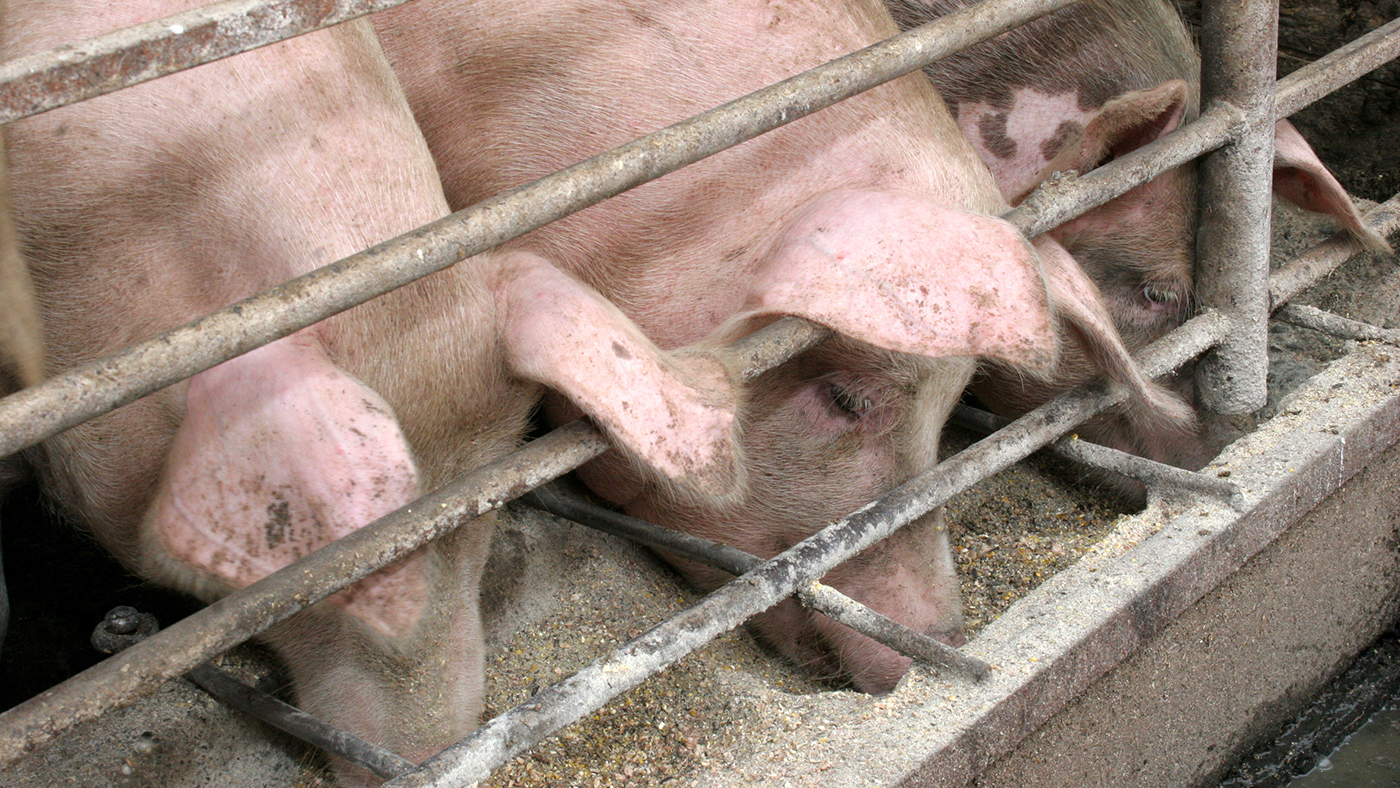The global pork trade saw productivity gains offset herd reduction efforts while margins remained under pressure. Those are some of the findings in the Rabobank Pork Quarterly Q4 Update. Christine McCracken, senior animal protein analyst, talks about some of the highlights in the report.
“We talk about the growing global uncertainty and in pork markets relative to consumer demand and some of the ongoing inflationary impacts on the sector. But at the same time, at least in North America has a fairly large supply of hogs, and that’s putting a lot of pressure on the market. So, both uncertainty on the supply side as well as demand, and that’s creating a lot of challenges for the overall industry.”
She says oversupplies of pork are pressuring producers to start cutting back on production.
“Here in the U.S., the producers have made a lot of money over the last couple of years, and that’s given them a fairly nice nest egg to work from. At the same time, you’ve had some feed cost relief, so a little bit of margin improvement for the overall production sector. But even with that, producers are losing a lot of money at these levels, and it’s a very dire situation. It is a tough thing to shut down or cut back production, and I think a lot of companies are getting to the point or producers are getting to the point of making those challenging decisions.”
High inflation is also a factor in the pork industry’s challenges.
“The prices of pork are still really high even though the underlying cost of pork is moved lower, so it’s been a challenge for the industry to kind of stoke consumer demand. if you think about bacon, it is still really expensive, and loins haven’t been moving. So, when you think about it, it’s still being very high cost. Retailers have high costs of labor, and their costs have gone up, and I think they’re trying to manage through that, some of which has resulted in higher prices of meat on the shelf. It’s putting a lot of pressure on people to cut back where they can. You’ve seen people moving down into some cheaper proteins or cheaper cuts, but they’re still eating a lot of meat.”
McCracken says Rabobank is predicting a smaller pork herd going into next year.
“Yeah, we think it’ll continue through all of 2024. When you look at what we’re looking at in terms of profitability into the next year, even with the high cost of beef, I think that you could argue that we need to see a smaller herd to get things back into balance. So, some of that will hinge a little on the consumer and what we see in those export markets, but given our current outlook, we do think we’ll take out another big slug – maybe call it four percent or so of the total herd – and that’s a big number when we think about the impact in our rural communities.”


